
1. The displacement of a car refers to the sum of all cylinder capacities of the engine, usually expressed in liters (L). The volume of each cylinder depends on the cylinder diameter and piston stroke, also known as single cylinder displacement. Engine displacement is the sum of the working volume of each cylinder.
2. Discharge is a special term for hydraulic transmission, which refers to the volume of fluid inhaled or discharged by the car in each stroke or cycle. Usually, the displacement is large, and the energy released by the engine per unit time (that is, the chemical energy of the fuel is converted into mechanical energy) is large, that is, the "power" is good, so those off-road vehicles and sports cars usually have a relatively large displacement.
3. Automobile displacement refers to describing the size of the engine, usually using displacement or exhaust volume. Displacement refers to the volume of fluid inhaled or discharged per stroke or each cycle. Automobile displacement is an important design parameter for inspecting automobiles. It is easier to represent the engine size than the shaft diameter and cylinder number. Many index values of the engine are closely related to the displacement.
4. The displacement of a car refers to the sum of the capacity of all cylinders in the engine. For example, a car engine has 4 cylinders, and the capacity of each cylinder is 0.5L, so the displacement of the engine is 0.5L*4=0L.

Car engine displacement is divided into: mini cars (displacement of less than 1L), ordinary cars (displacement of 0~6L), medium-class cars (displacement of 6~5L), medium-end cars (displacement of 5~0L), and high-class cars (displacement of more than 4L).
What is the displacement of the car? The exhaust volume of a car is the volume of a car cylinder, which is generally divided into mini cars, small cars, medium cars and large cars. Mini cars generally refer toFor displacements below 0, small cars are generally 0-0 displacement, medium-sized vehicles are 0-0 displacement, and large cars above 0.
For example, Accord 0, Junwei 0, Tianli 0, eighth-generation Sonata 0, etc.; naturally aspirated 3, 4, 5 can be used as the mainstream power of B-class cars, such as Accord 4, Peugeot 508 3, Tianli 5, Ruizhi 5, Junwei 4, etc.
The displacement of mini cars is less than or equal to 0L; the displacement of ordinary cars is in the range of 0~6L; the displacement of intermediate cars is in the range of 6~5L; the displacement of medium and high-end cars is in the range of 5~0L; the displacement of high-end cars is greater than 0L.
The displacement of a car refers to the sum of the capacity of all cylinders in the engine. For example, a car engine has 4 cylinders, and the capacity of each cylinder is 0.5L, so the displacement of the engine is 0.5L*4=0L.
The displacement of automobile engines is divided into: mini cars (with a displacement of less than 1L), ordinary cars (with a displacement of 0~6L), intermediate cars (with a displacement of 6~5L), medium and high Class car (with displacement of 5~0L), luxury car (with displacement of more than 4L).
The classification of cars in China is determined by the size of the displacement.
What is the displacement of the car? The exhaust volume of a car is the volume of a car cylinder, which is generally divided into mini cars, small cars, medium cars and large cars. Mini cars generally refer to those with a displacement of less than 0, small cars generally have a displacement of 0-0, medium-sized vehicles with a displacement of 0-0, and large cars with a displacement of more than 0.
Car displacement 5T and 5L refer to the engine performance of the car. L stands for a naturally aspirated engine, T stands for a turbocharged engine, 5T stands for a turbocharged engine with a displacement of 5 liters, and 5L stands for a displacement of 5L naturally aspirated engines 5T and 15L. The main difference is 1.
The displacement of a car refers to the sum of the capacity of all cylinders in the engine. For example, a car engine has 4 cylinders, and the capacity of each cylinder is 0.5L, so the displacement of the engine is 0.5L*4=0L.
Walletinvestor digi plus-APP, download it now, new users will receive a novice gift pack.
1. The displacement of a car refers to the sum of all cylinder capacities of the engine, usually expressed in liters (L). The volume of each cylinder depends on the cylinder diameter and piston stroke, also known as single cylinder displacement. Engine displacement is the sum of the working volume of each cylinder.
2. Discharge is a special term for hydraulic transmission, which refers to the volume of fluid inhaled or discharged by the car in each stroke or cycle. Usually, the displacement is large, and the energy released by the engine per unit time (that is, the chemical energy of the fuel is converted into mechanical energy) is large, that is, the "power" is good, so those off-road vehicles and sports cars usually have a relatively large displacement.
3. Automobile displacement refers to describing the size of the engine, usually using displacement or exhaust volume. Displacement refers to the volume of fluid inhaled or discharged per stroke or each cycle. Automobile displacement is an important design parameter for inspecting automobiles. It is easier to represent the engine size than the shaft diameter and cylinder number. Many index values of the engine are closely related to the displacement.
4. The displacement of a car refers to the sum of the capacity of all cylinders in the engine. For example, a car engine has 4 cylinders, and the capacity of each cylinder is 0.5L, so the displacement of the engine is 0.5L*4=0L.

Car engine displacement is divided into: mini cars (displacement of less than 1L), ordinary cars (displacement of 0~6L), medium-class cars (displacement of 6~5L), medium-end cars (displacement of 5~0L), and high-class cars (displacement of more than 4L).
What is the displacement of the car? The exhaust volume of a car is the volume of a car cylinder, which is generally divided into mini cars, small cars, medium cars and large cars. Mini cars generally refer toFor displacements below 0, small cars are generally 0-0 displacement, medium-sized vehicles are 0-0 displacement, and large cars above 0.
For example, Accord 0, Junwei 0, Tianli 0, eighth-generation Sonata 0, etc.; naturally aspirated 3, 4, 5 can be used as the mainstream power of B-class cars, such as Accord 4, Peugeot 508 3, Tianli 5, Ruizhi 5, Junwei 4, etc.
The displacement of mini cars is less than or equal to 0L; the displacement of ordinary cars is in the range of 0~6L; the displacement of intermediate cars is in the range of 6~5L; the displacement of medium and high-end cars is in the range of 5~0L; the displacement of high-end cars is greater than 0L.
The displacement of a car refers to the sum of the capacity of all cylinders in the engine. For example, a car engine has 4 cylinders, and the capacity of each cylinder is 0.5L, so the displacement of the engine is 0.5L*4=0L.
The displacement of automobile engines is divided into: mini cars (with a displacement of less than 1L), ordinary cars (with a displacement of 0~6L), intermediate cars (with a displacement of 6~5L), medium and high Class car (with displacement of 5~0L), luxury car (with displacement of more than 4L).
The classification of cars in China is determined by the size of the displacement.
What is the displacement of the car? The exhaust volume of a car is the volume of a car cylinder, which is generally divided into mini cars, small cars, medium cars and large cars. Mini cars generally refer to those with a displacement of less than 0, small cars generally have a displacement of 0-0, medium-sized vehicles with a displacement of 0-0, and large cars with a displacement of more than 0.
Car displacement 5T and 5L refer to the engine performance of the car. L stands for a naturally aspirated engine, T stands for a turbocharged engine, 5T stands for a turbocharged engine with a displacement of 5 liters, and 5L stands for a displacement of 5L naturally aspirated engines 5T and 15L. The main difference is 1.
The displacement of a car refers to the sum of the capacity of all cylinders in the engine. For example, a car engine has 4 cylinders, and the capacity of each cylinder is 0.5L, so the displacement of the engine is 0.5L*4=0L.
 UEFA Champions League live
UEFA Champions League live
894.13MB
Check Casino Plus app
Casino Plus app
343.59MB
Check Europa League app
Europa League app
911.48MB
Check bingo plus update today
bingo plus update today
687.61MB
Check Europa League app
Europa League app
269.81MB
Check bingo plus update today Philippines
bingo plus update today Philippines
597.58MB
Check 100 free bonus casino no deposit GCash
100 free bonus casino no deposit GCash
568.34MB
Check LR stock price Philippines
LR stock price Philippines
213.31MB
Check UEFA Europa League
UEFA Europa League
549.16MB
Check Bingo Plus
Bingo Plus
329.73MB
Check UEFA Champions League live streaming app
UEFA Champions League live streaming app
548.85MB
Check Walletinvestor digi plus
Walletinvestor digi plus
588.43MB
Check UEFA Champions League
UEFA Champions League
655.31MB
Check DigiPlus
DigiPlus
846.97MB
Check Arena Plus login
Arena Plus login
486.73MB
Check UEFA Champions League
UEFA Champions League
739.54MB
Check UEFA live free
UEFA live free
113.29MB
Check DigiPlus Philippine
DigiPlus Philippine
953.84MB
Check Walletinvestor digi plus
Walletinvestor digi plus
526.95MB
Check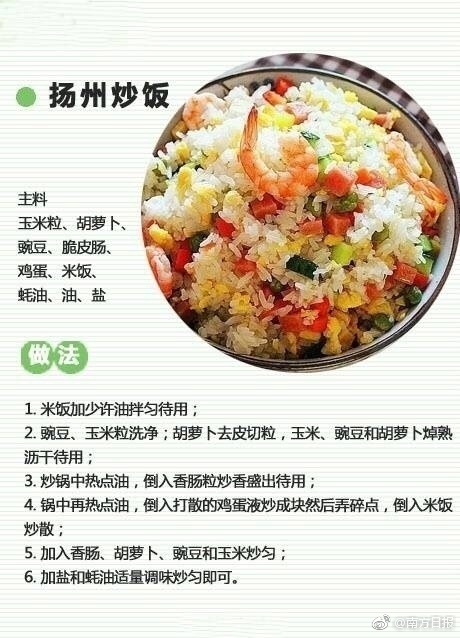 UEFA Champions League
UEFA Champions League
238.32MB
Check Hearthstone arena class win rates reddit
Hearthstone arena class win rates reddit
527.79MB
Check Walletinvestor digi plus
Walletinvestor digi plus
683.55MB
Check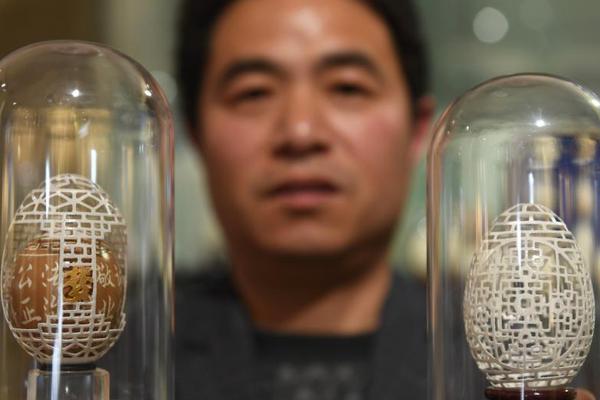 Casino Plus app
Casino Plus app
285.54MB
Check DigiPlus Philippine
DigiPlus Philippine
887.65MB
Check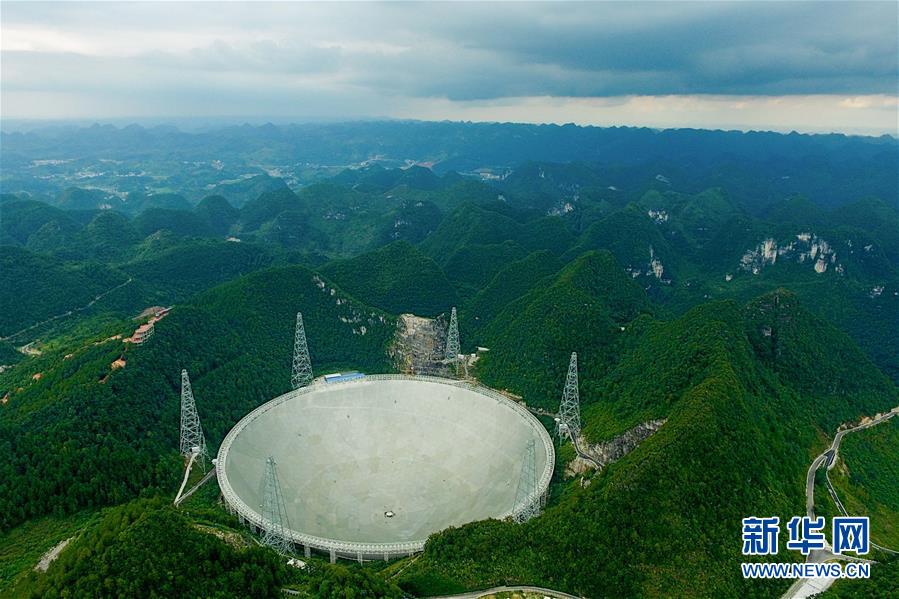 Hearthstone arena class win rates reddit
Hearthstone arena class win rates reddit
272.84MB
Check Europa League app
Europa League app
992.44MB
Check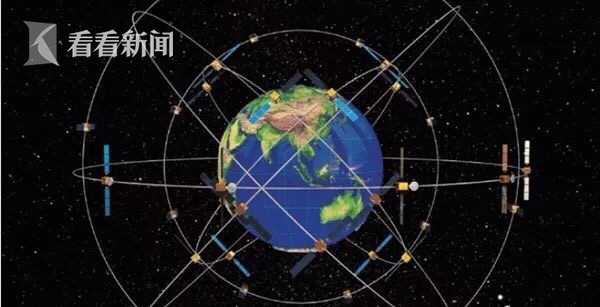 UEFA Europa League
UEFA Europa League
684.31MB
Check Free sports events uefa champions league app android
Free sports events uefa champions league app android
115.64MB
Check Free sports events uefa champions league app android
Free sports events uefa champions league app android
861.18MB
Check Casino Plus login register
Casino Plus login register
874.16MB
Check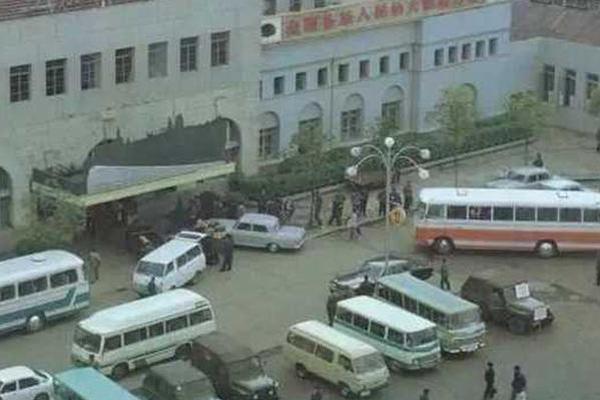 UEFA Champions League
UEFA Champions League
525.12MB
Check bingo plus update today Philippines
bingo plus update today Philippines
899.38MB
Check bingo plus update today Philippines
bingo plus update today Philippines
568.22MB
Check Arena Plus login
Arena Plus login
447.28MB
Check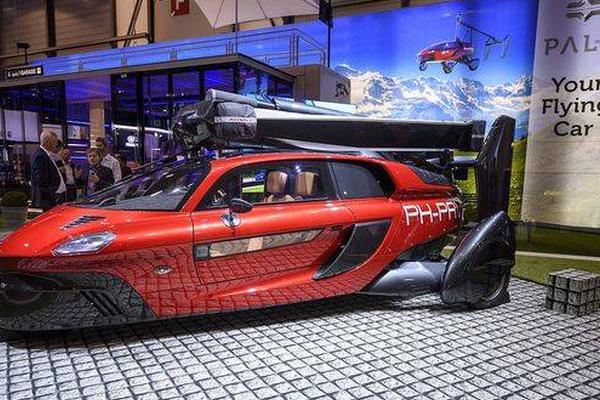 Hearthstone arena
Hearthstone arena
524.94MB
Check Europa League app
Europa League app
274.57MB
Check
Scan to install
Walletinvestor digi plus to discover more
Netizen comments More
2795 UEFA Europa League
2025-02-23 16:55 recommend
2836 UEFA Champions League standings
2025-02-23 16:12 recommend
535 Free sports events uefa champions league app android
2025-02-23 15:57 recommend
221 Hearthstone Arena win rate
2025-02-23 15:49 recommend
2387 UEFA Champions League standings
2025-02-23 15:07 recommend